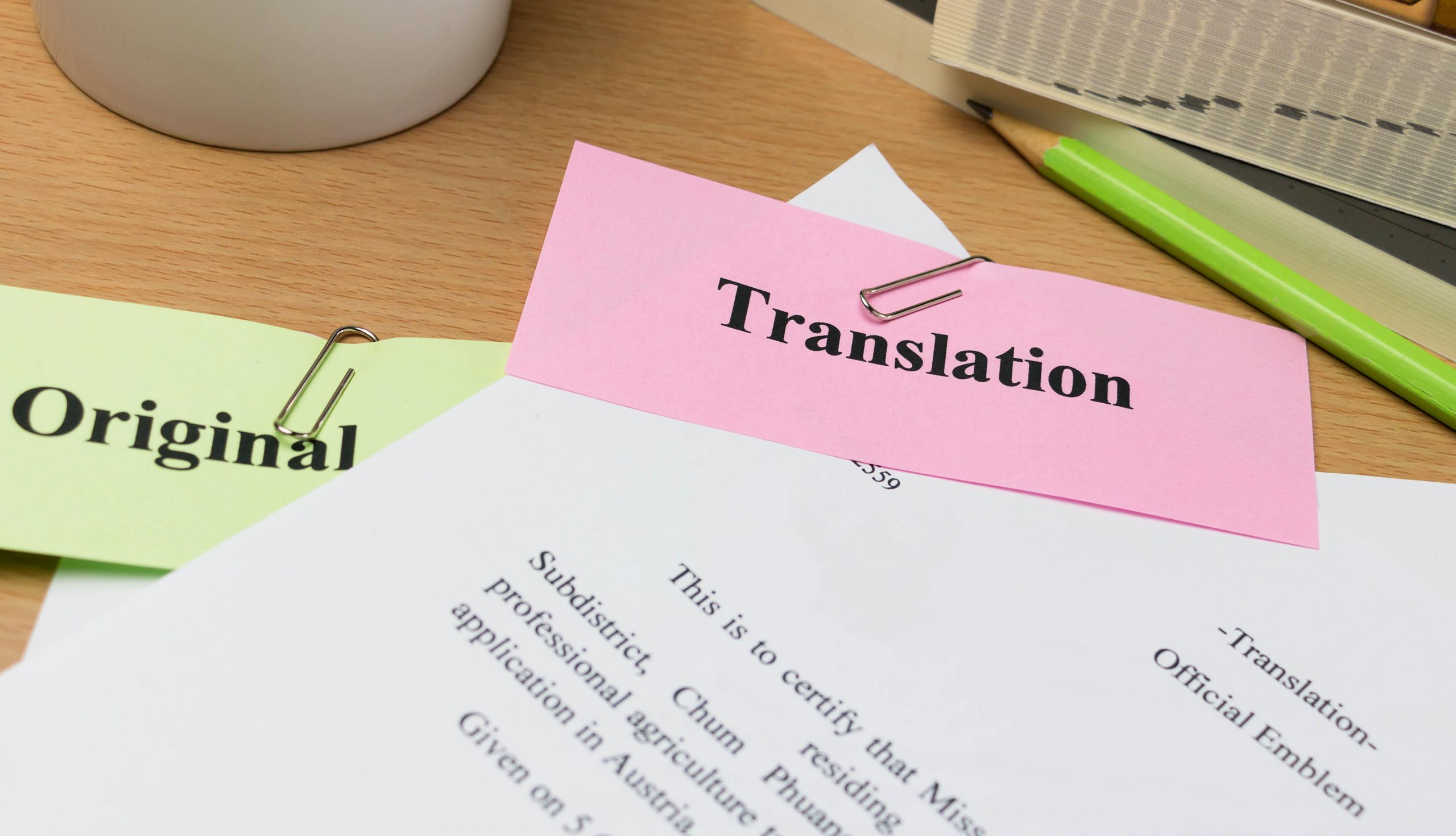In the fast-changing academic world, effective communication and knowledge sharing are essential. The language barrier is significant when research and academic documents cross boundaries. Academic translation is an essential tool, especially for the translation of journals and papers. This article will explore the nuances of academic translation and its importance as well as its role in bridging linguistic gaps and helping facilitate global exchange.
Understanding Academic Translation
Academic translation is a specialized form of translation that deals with the conversion of academic papers, research papers, journals, and scholarly articles from one language to another. It’s a skillful job that requires not only an understanding of the language but also a deep understanding of the subject as well as the context of academic research.

Academic translations aim to preserve the spirit, style and intention of an original text, while transcribing it in another language. This makes sure that the translated version reads as smoothly and coherently as the original text, leaving no evidence of an attempt at translation.
The importance of paper translation
Research papers are essential to academic progress and exchange of knowledge. If a research paper is written in a language that is understood by a small group of readers, the potential impact is significantly reduced. This is the reason why translation of papers plays a crucial role.
Paper translation is the process of the research findings and methods into a different language. The most common target language is English, for global distribution. This makes research available to a wider range of people and allows discussion, criticism, and contributions by researchers around the globe. For more information, click 學術翻譯
Navigating the World of Journal Translation
Journals are the backbone of academic communication. They serve as a place for researchers to publish their findings and knowledge with the world. But, barriers to communication can impede this crucial dissemination of information. Journal translation is a solution to this issue.
Journal translation entails translating the entire contents of academic journals, including abstracts, articles, and other materials into the intended language. This lets academic journals attract a wider audience and makes important research more easier to read and comprehend.
Academic documents translated into translation They play a role in academic translations.
Translation of academic papers is an specialized section of translation focused on transforming research papers to the target language, while keeping the original intention and purpose. The objective is to safeguard the quality of research while making it more accessible to wider population.
Expertise in the field is necessary for academic translation. Academic translators must be able to comprehend the complexities of terminology and techniques as along with specific nuances in the study field. They must also know the academic writing styles in order to ensure the accuracy of their translation and mirrors the original.
Unveiling Process
To ensure accuracy and superior quality academic translations, regardless of whether they are for papers or journals must follow a standardized procedure. Here’s an overview of typical steps:
Initial Assessment: Translators look over the paper or journal to determine its scope, subject matter and its complexity. This assessment allows for the development of a language strategy that is appropriate.
Terminology and Glossary: Making A glossary that reflects the specific terminology of a subject is vital. To ensure the accuracy and uniformity, the terminology that is used in translation needs to be consistent.
Translation is the most important process by which text is translated from its original language into the desired. Translators pick phrases and words that are precise enough to convey the message originally.
Review and Editing: Translated content is checked and edited to make sure it is in line with the original article or journal’s intentions. This process is used to address any mistakes or contradictions.
Proofreading: Once the translation has been completed the document must be carefully edited to make sure there are no errors in punctuation, grammar or formatting.
The Youyitang Approach
Youyitang is a leader in the field of academic translation. It is recognized for its dependability and experience. Youyitang’s commitment to maintaining the top standards in academic translation makes it stand out. They employ academic translators with strong research backgrounds as well as rigorous academic training and deep writing abilities.
Youyitang is renowned for its commitment to treat each manuscript with the highest precision. The translated version is read as smooth as the original without leaving any trace of translation. This level of finesse ensures that the essence of the work and its integrity are maintained in the translated version.
Breaking Language Barricades: Global Impact
Through the use of academic translation researchers and scholars can overcome language barriers and ensure that their valuable contributions are admired and acknowledged around the world. Academic translation has a global impact that is hard to overstate. It promotes collaboration, fosters a diversity of perspectives, and promotes a vibrant academic debate that transcends geographical boundaries.
Academic translation is an essential instrument for facilitating seamless exchange between academics. As the academic world gets more globalized, academic translation plays an increasing function in fostering collaboration and understanding across various fields of study.

